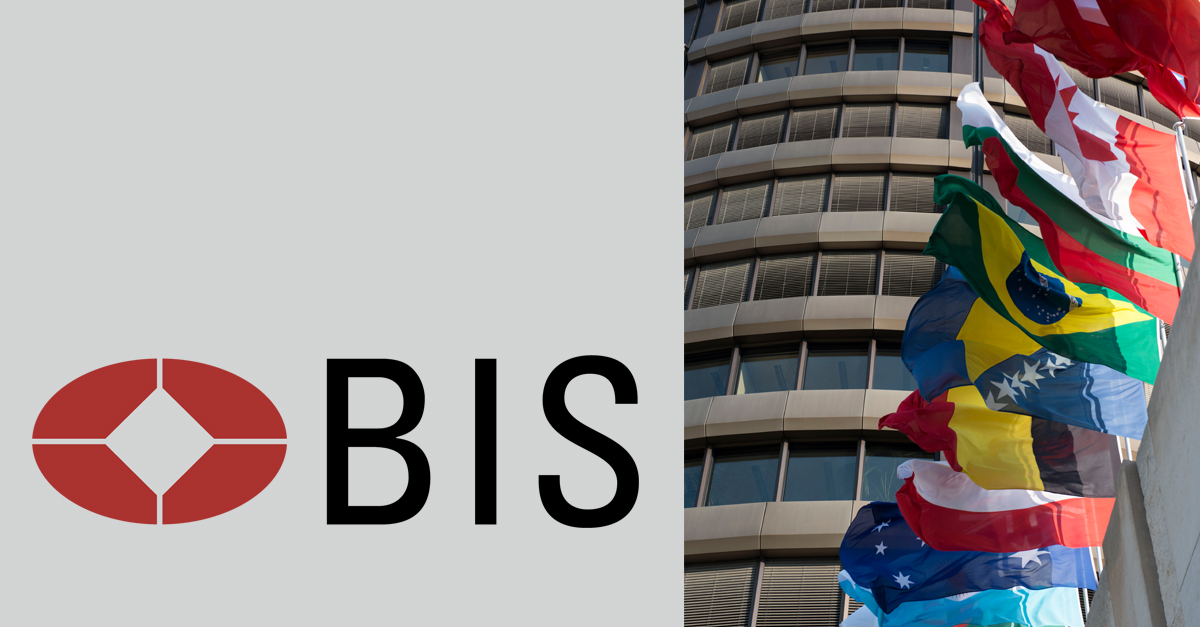Which are the Basel III regulation standards?
The Basel III banking standards, developed by the Basel Committee, aim to fortify global banking regulations. They mandate higher capital quality, an over 3% leverage ratio, and new liquidity requirements (LCR and NSFR), enhancing banks' resilience to liquidity shocks.

Grand “Answer”:
The Basel III regulation standards are a set of internationally agreed-upon banking regulations developed by the Basel Committee on Banking Supervision. These standards aim to strengthen the regulation, supervision, and risk management of banks worldwide [1]. Key components of Basel III include higher-quality capital, a risk coverage framework, and a non-risk-based leverage ratio [1]. Banks are required to hold a leverage ratio in excess of 3%, which is calculated by dividing Tier 1 capital by the average total consolidated assets of a bank [2]. The regulations also introduce new liquidity requirements, such as the Liquidity Coverage Ratio (LCR) and the Net Stable Funding Ratio (NSFR), to promote more stable funding structures and improve banks' resilience to short-term liquidity shocks [1].
Source
[1]

[2]

Basel III: Regulatory Innovation
The Basel III framework, an exhaustive set of international banking regulations crafted by the Bank for International Settlements (BIS), reached its final form in 2017. It was designed as a response to the post-crisis review process, focused on fortifying global financial system stability.
This extensive regulatory framework targeted critical aspects such as 'model risk' and the standardised treatment of credit risk, while also fine-tuning rules related to securitisation. Basel III made a pivotal change by disallowing the use of internal models for loan portfolios where the application of statistical criteria was complicated due to sparse observations or hard-to-characterise distributions.
The framework established key parameter input floors and introduced an output floor, effectively capping the capital savings banks could realise using internal models relative to requirements based on the standardised method. Simultaneously, it aimed to elevate the standardised method for credit risk, augmenting its robustness and risk sensitivity. This enhancement was intended to position it as a risk-sensitive alternative to internal models, while also providing a credible parameter for the calibration of the output floor.

Basel III: Market and Operational Risks
Basel III undertook a comprehensive review of market risks, a process kickstarted right after the financial crisis. As part of this exercise, trading-book rules were completely revamped. Despite this revision taking a considerable span of ten years due to the intricacies of banks' activities in this sector and the swift evolution of financial engineering, the new guidelines brought forth a radically different approach. It imposed stricter limits on the usage of internal models and underscored an increased sensitivity to risk.
The treatment of operational risk also saw a significant overhaul under Basel III. A unique standardised method was introduced, tying capital requirements to the size of operations and each bank's historical operational risk losses. This eliminated the use of internal models which were found lacking in robustness. However, relying solely on capital requirements to address operational risk was viewed as somewhat unsatisfactory since operational risk exposure hinges heavily on organisational processes and business culture, facets that aren't easily quantifiable.
Consequently, there's a continued emphasis on the use of supervisory tools to bolster banks' abilities to control and manage related risks. Basel III also introduced significant data management challenges, necessitating improved risk data quality and accelerated reporting. Measures such as data masking are recommended to secure sensitive business and personal information, thereby mitigating non-compliance risks and reducing the likelihood of data breaches.
Grand Answer: Your AI Partner
Designed to support compliance officers, legal counsels, and other professionals responsible for adhering to regulatory standards, Grand Answer aims to facilitate an efficient and straightforward compliance process.
Grand is live 🎈, check out our GPT4 powered GRC Platform
Reduce your
compliance risks

